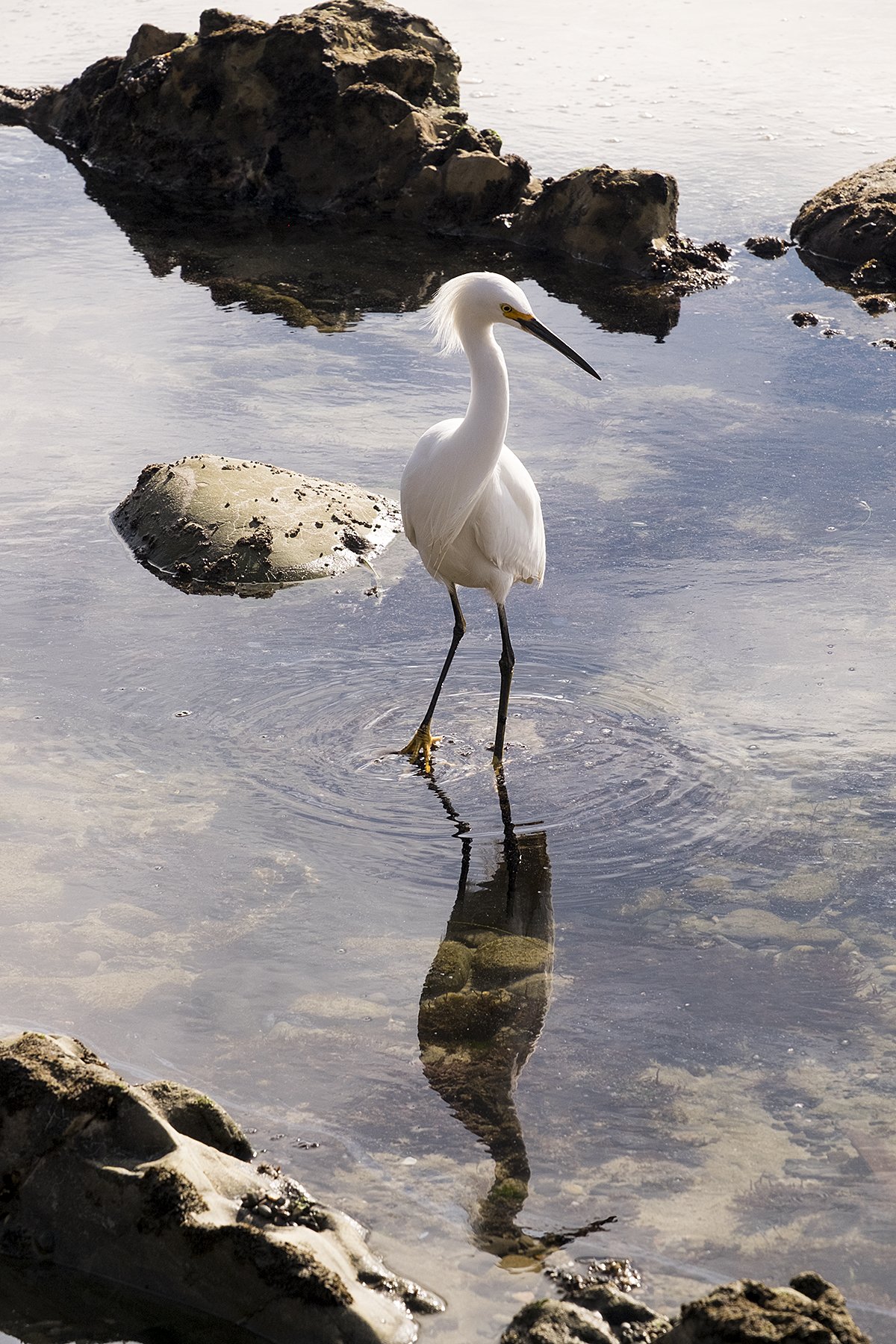Stephen Trimble tells stories—in words and photographs—about the land and people of the West.
Steve was born in Denver, from where he roamed the West with his family. His geologist father kept up a running monologue about the natural and human history revealed by the land passing by the windows of their vehicle, and Steve grew up with a well-nourished sense of wonder. After a liberal arts education at Colorado College, he worked as a park ranger in Colorado and Utah, earned a master’s degree in ecology at the University of Arizona, and served as director of the Museum of Northern Arizona Press. For five years he lived near San Ildefonso Pueblo in northern New Mexico, home base for his projects in Southwest Indian Country. He has worked as a free-lance writer and photographer since 1981. In 2014, Steve donated his professional archive to the University of Utah's Marriott Library, and Marriott Library conducted an extensive interview with Steve about his work as a writer, photographer, and conservationist.
A sampling of Steve's awards mirrors the wide embrace of his work: The Sierra Club's Ansel Adams Award for photography and conservation; The National Cowboy Museum’s Western Heritage “Wrangler” Award; and a Doctor of Humane Letters from his alma mater, Colorado College, honoring efforts to increase our understanding of Western landscapes and peoples.
At the University of Utah, Trimble has taught writing to undergraduate students in the Honors College and to master's students in the Environmental Humanities program. He spent a year as a Wallace Stegner Centennial Fellow at the university's Tanner Humanities Center. His distinctive voice as a humanities-based naturalist leads visitors through the Natural History Museum of Utah; Steve wrote many of the exhibit labels and interviewed dozens of citizens, whose quotes are scattered throughout the museum.
Steve often serves as a consultant and writer for the conservation community, including a year with The Nature Conservancy’s Colorado Plateau Conservation Initiative and a collaboration with the Southern Utah Wilderness Alliance as editor of a white paper to support the protection of Greater Canyonlands. His community involvement includes longtime service on the boards of the Sageland Collaborative and Utah Interfaith Power & Light and Grand Staircase Escalante Partners.
In a landmark effort by writers hoping to sway public policy, Trimble co-compiled (with Terry Tempest Williams) the essay collection, Testimony: Writers of the West Speak on Behalf of Utah Wilderness. On March 27, 1996, Senator Russ Feingold (D-WI) read Trimble’s essay from Testimony on the floor of the United States Senate during his plea to protect Utah wilderness. Feingold concluded with, “That short piece of writing is so powerful…because it is a timeless statement about how people feel about natural places.”
Steve edited Red Rock Stories: Three Generations of Writers Speak on Behalf of Utah's Public Lands in 2016, at a similar moment of crisis for Utah wildlands.
Salt Lake City's Catalyst Magazine recognized Steve in 2013 as one of 100 "catalysts, inspirators—those who have made our Wasatch Front community a more sustainable, compassionate and vibrant place to live." Artists of Utah chose Steve as one of Utah's "15 Most Influential Artists" in 2019 . What do they mean by "influential?" The artists "who make a difference in Utah." Steve appears here on the literary map of Utah.
Steve and his wife have launched their two children into adulthood and make their home in Salt Lake City and in the redrock country of Torrey, Utah. From his city home on Capitol Hill, in Utah's oldest neighborhood, Steve revels in looking into the tantalizing space of the Great Basin. He also has an intimate relationship with the grounds of the Capitol! The family retreat in Torrey lies just two miles from Capitol Reef National Park, Steve's "home park," where he worked as a park ranger/naturalist when he was 25. Steve's decades of exploring Capitol Reef make his 2019 book, The Capitol Reef Reader, deeply personal.
The Entrada Institute interviewed Steve in a wide-ranging conversation in 2023.
In addition to his more recent essays on Medium, two existing blogs gather Steve's musings from recent years. He named his 2010 blog The Bright Edge for a quote from Willa Cather. No words better capture the exhilaration of wild country. We, too, live on the bright edge of history.
In 2008-2009, as a Wallace Stegner Fellow at the Tanner Humanities Center and under the auspices of the Utah Humanities Council’s Public Square Program, Steve took Stegner on the road. In community gatherings from Logan to Bluff, from Moab to St. George, Steve celebrated Stegner's writing about Utah. His blog, stegner @ 100, collects stories from this fellowship year.
(author photo by Simon Blundell, Salt Lake City)




